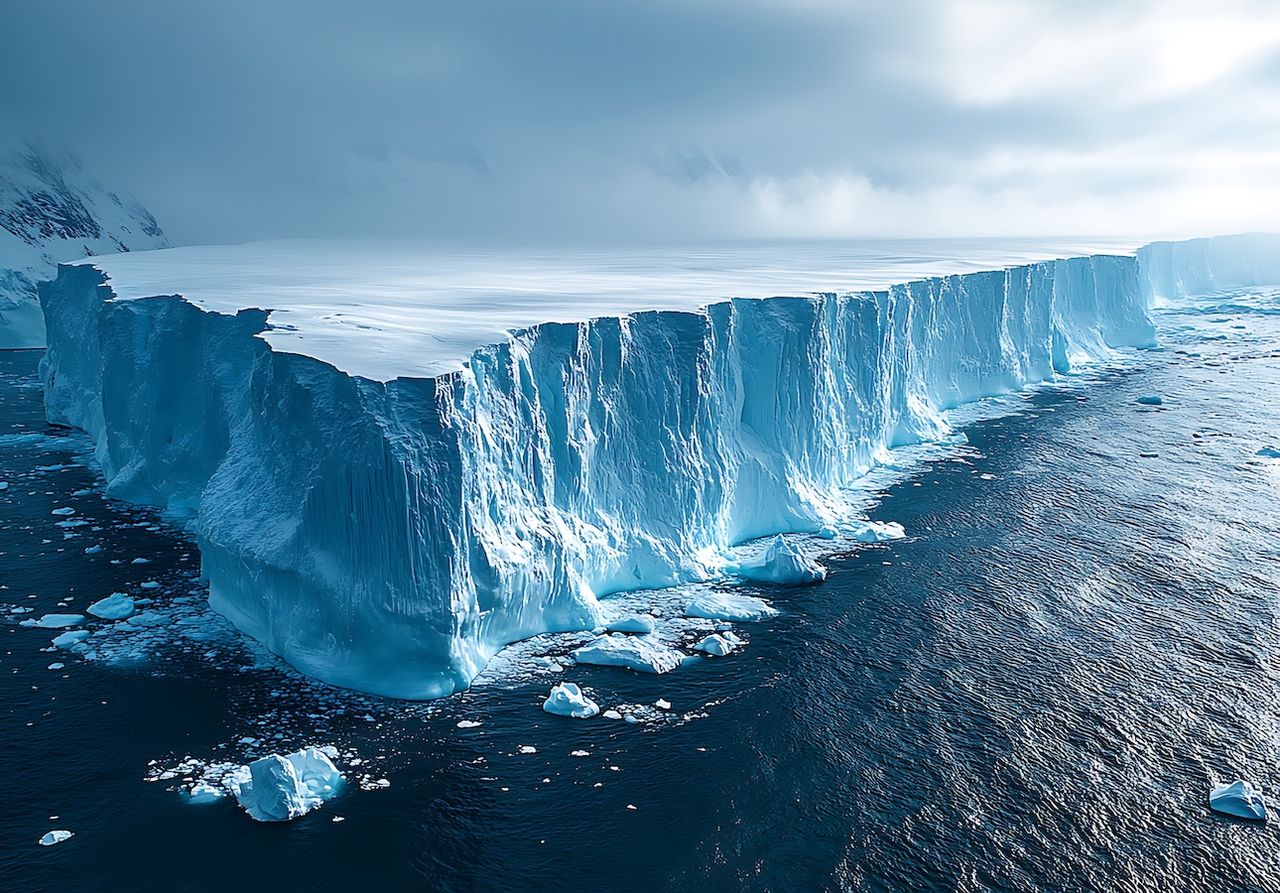An investigation conducted by an international teamincluding scientists from Penn State and McGill University, Suggests that Earth's natural forces could help slow West Antarctica's melting Thus mitigating sea level rise. However, The benefits of this natural dynamic can only be enjoyed if carbon emissions are significantly reduced. In the coming decades.
If emissions continue to increase at the current rate, The loss of ice could contribute to higher sea levels than initially expected.with dire consequences for coastal areas around the world. The results of this investigation were recently published in the journal Science advances.
“West Antarctica is home to one of the largest ice sheets on Earth, and how it will respond to warming due to greenhouse gas emissions is one of the biggest unknowns in estimating ice sheet stability and ice mass loss,” said Andrew Nieblad, professor of geosciences at Penn State and co-author of the study.
Could soil restoration stop Antarctica's ice loss?
Adding to this uncertainty is the fact that 700 million people live in coastal areas. Which could be affected by rising sea levels, which could cause losses amounting to billions of euros by the end of the century.
Study led by Natalia GomezAssociate Professor and Chair of Ice-Sea Interactions at McGill University, Focuses on the interaction between parts of the West Antarctic Ice Sheet and the underlying rocky soil.an aspect that has not yet been studied. According to the researchers, this dynamic is essential to understanding how carbon emissions affect the behavior of ice sheets and, consequently, sea level.
“Unlike previous studies, which have focused primarily on the impact of global warming on ice sheets, this study explores how the solid Earth can both affect and be affected by changes in ice sheets. We find that while sea level rise is inevitable, taking rapid and substantial action to reduce carbon emissions can prevent the most devastating impacts of climate change, especially for coastal communities,” said Natalia Gomez.
The interaction between the ice sheet and the underlying soil is complex.The weight of the ice sheets presses on the Earth, but As the ice melts, the Earth's surface begins to recover, a kind of “”recovery“with the load being relieved. This is the transition zone, where the ice sheet stops being supported by the land and begins to float in the ocean, known as the baseline.
3D models help analyze soil recovery.
The researchers discovered that, If carbon emissions are reduced rapidly and global warming is limited, soil restoration can act as a natural brake.Which reduces the loss of ice mass in Antarctica by up to 40%. However, if carbon emissions continue to rise and the planet warms rapidly, this effect will not be enough to offset the rapid loss of ice.
Our study on the effect of realistic 3D mantle viscosity on Antarctica's contribution to future global SE levels appears today in Science Advances: https://t.co/k8XPzyPV7q https://t.co/mtgcrHKV7B
– Dr. Natalia Gomez (@NatalyaGomezEPS) August 2, 2024
To better understand the influence of the Earth's three-dimensional structure on the West Antarctic Ice Sheet and future global sea levels, The research team linked a global glacial isostatic adaptation model – which includes the Earth's three-dimensional structure – to a dynamic ice sheet model..
This model uses field geophysical measurements from the project. Annette Pollinette To the United States, which Networks of sensitive instruments have been implemented to record seismic signals and seismic signals. which crosses large areas of Antarctica. The researchers explained that these measurements were necessary to characterize the differences in the thickness and consistency of the Earth's mantle in Antarctica.
News Reference:
Gomez, N., Yousefi, M., Pollard, D., DeConto, R. M., Saday, S., Lloyd, A., … & Wilson, T. (2024). The influence of realistic three-dimensional mantle viscosity on the contribution of Antarctica to future global sea levels. Scientific Progress, 10(31), eadn1470. 10.1126/sciadv.adn1470

“Coffee trailblazer. Social media ninja. Unapologetic web guru. Friendly music fan. Alcohol fanatic.”

